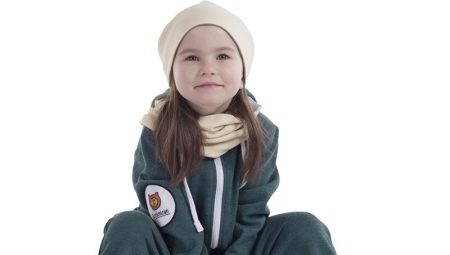Today in stores you can often find things from the footer. This fabric is gaining in popularity. The principle of its manufacture is lined weaving, in which the wrong threads are additionally knitted into the main thread. Today, footer is actively used in light industry for sewing clothes.
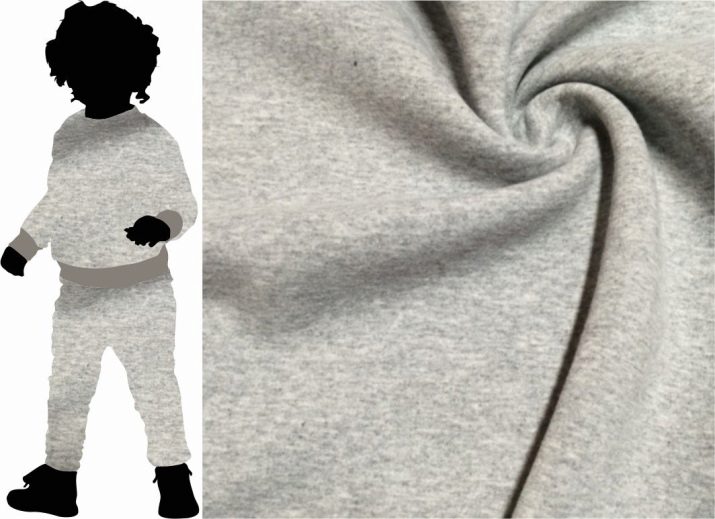
Features
Things made of footer are not only comfortable, but also comfortable for the body. This is due to the fact that the footer is nothing but a pleasant to the touch cotton knit fabric. It is smooth in texture on the front side, and on the inside it is soft and fleecy. Unlike fleece, which consists entirely of polyester, the basis of the footer, as a rule, is 100% cotton. That is, the fleece is actually synthetic wool, and the footer is cotton knitwear. Due to its natural composition and good heat retention, the footer is warmer than fleece. Therefore, when choosing a warm fabric, it is better to give preference to footer.


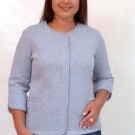
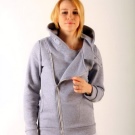
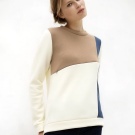

Synthetic fibers are also added to various types of this material. They make the fabric warmer, stronger, more durable. However, their percentage in the material is small. It must be remembered that high-quality fabric consists of at least 90% cotton. The density of the fabric can be in the range of 170-350 grams per meter, depending on what percentage of synthetic raw materials contains the material. However, in any case, the footer, in comparison with cotton, is designed for a longer period of operation.

The following raw materials are mainly added to the material:
- woolen fiber - it makes the footer warmer, this fabric is well suited for sewing outerwear;
- polyester or lycra - a footer with the addition of these threads is more elegant and wear-resistant, it is better to sew everyday clothes from this material.
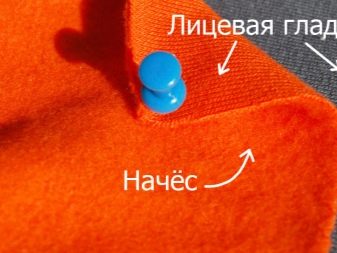
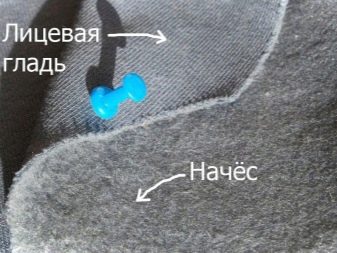
Production
Such a fabric is made on a loom using two types of yarn - a smooth warp and a slightly twisted lining. An ordinary thread is the basis of the fabric on the front side, and the thread of the footer is used to make the inside of the fabric with fleece using a loop broach. That is why this material is also called a foot loop or looped footer. The fabrication process consists of two stages - first, the main fabric is knitted with loop broaches, and then loose lining threads are added.
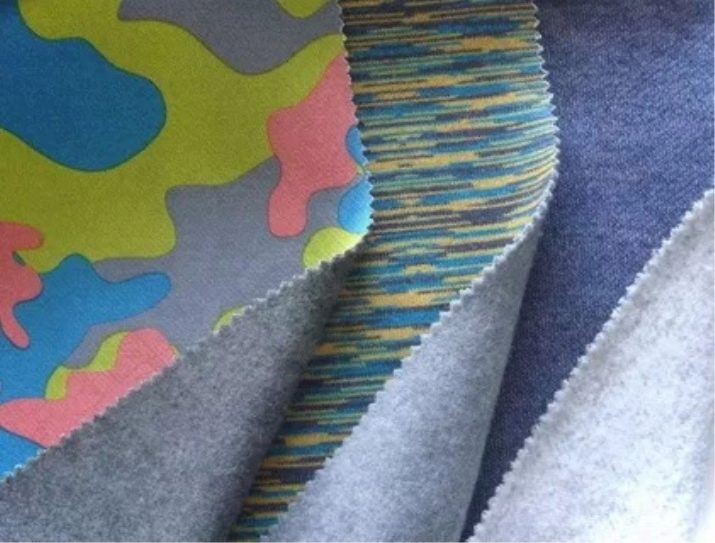
Varieties
The fabric is available in several varieties, depending on how many threads were used in the manufacture of the material.
- Single Thread Footer - It is the thinnest material and is 100% cotton. It is usually used for sewing diapers, as well as sliders, overalls and other clothes for newborns. Due to the fact that the fabric retains heat well and is soft, when used, no creases are formed that can cause the baby unpleasant sensations. The footer, which is used for children's things, can be printed, that is, contain drawings and combinations of various colors.
- Two-legged footer - This fabric is of medium density. Often made from mixed materials with the addition of lycra or polyester. Synthetic fibers give the fabric elasticity and shape stability. From this fabric sew children's and home clothes, tracksuits.
- Three-thread footer - additions in the form of wool or synthetic fiber are also used to make such a fabric. Due to this, the three-strand footer is the most dense and has a dense pile. That is why this material is indispensable in the production of outerwear, turtlenecks, sweatshirts, warm home clothes.
- Fleece footer - thermal underwear and children's overalls, as a rule, are sewn from this fabric. In things made of this material, the skin breathes due to the dense pile, which perfectly retains heat inside. Gray melange is the most popular type of footer. This is a material consisting of cotton and synthetic fiber in a proportion of 80/20 percent, respectively. It is used for the production of tracksuits and elements of outerwear, as this fabric is non-marking.
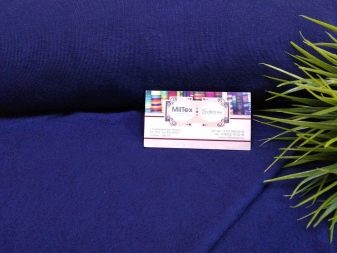

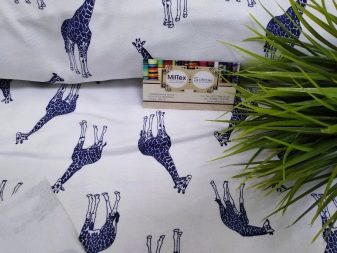

Additionally, the types of footer are distinguished depending on the method of its manufacture. The difference between these types of fabric is their wear resistance.
The main types are:
- singing;
- boxing ring;
- openend.
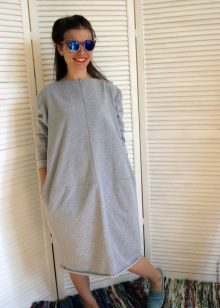
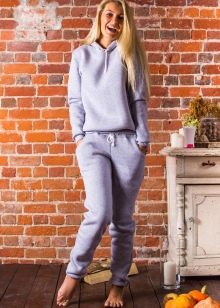

Cheaper items are sewn from openend material. Such things look worse externally, much less durable and cheap in cost. Also, many manufacturers seek to reduce the cost of fabric through the use of cheap dyes and artificial fleece. Such products quickly lose their marketable appearance after the first wash - the color fades, and the pile in the form of a glued cotton layer crumbles. Things made of artificial materials do not carry any useful properties.
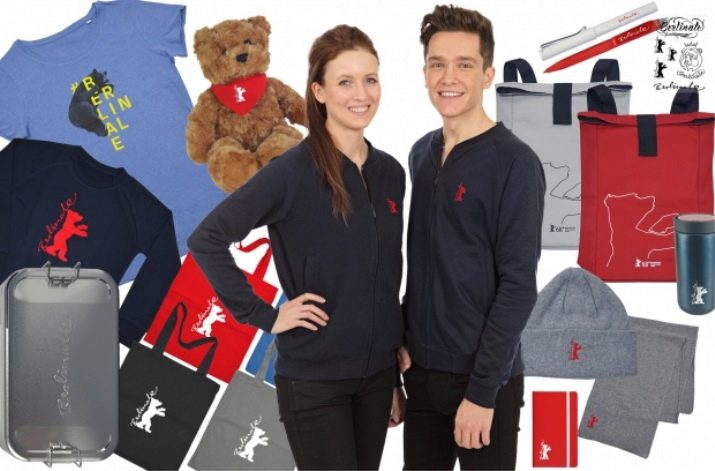
How to care for products?
Since the footer is a natural fabric, it needs special care. It is especially important to observe the temperature regime during washing. Otherwise, the footer product may become deformed or lose its properties. In this regard, it is better to buy things from the footer a size larger. If the product shrinks, it can still be worn, despite this. In order for the product to serve for a long time, you must follow the following rules for caring for it.
- Temperature wash. Machine wash of the footer should be carried out at a temperature of no more than 30 °. A temperature increase of up to 50 ° is permissible if the fabric is very dense - more than 300 grams per meter.
- Hand wash is also allowed. But boiling products from the footer is not recommended, as the fabric may be damaged.
- Before starting the product in the washing machine, it must be turned out wrong side inward. This will protect the fleece from damage from interaction with solid objects - buttons, fasteners, etc.
- Care for colored and white things. The white footer can be washed with a simple powder, but black or colored material requires special care in the form of delicate gels or powders. This will help preserve the color and good appearance of things.
- Spin. Footwear products can be pressed in the washing machine even at high speeds. Material will not suffer from this.
- Drying. When drying, it is important to avoid ultraviolet rays from entering the fabric. For this, things should be dried in the shade naturally.
- Ironing. If the fabric is high density, then you can use the ironing mode "cotton". If the density of the material is less than 200 grams per meter, it is better to choose a delicate mode. In order to iron the product from the wrong side and not damage the pile, it is better to choose the “silk” mode.
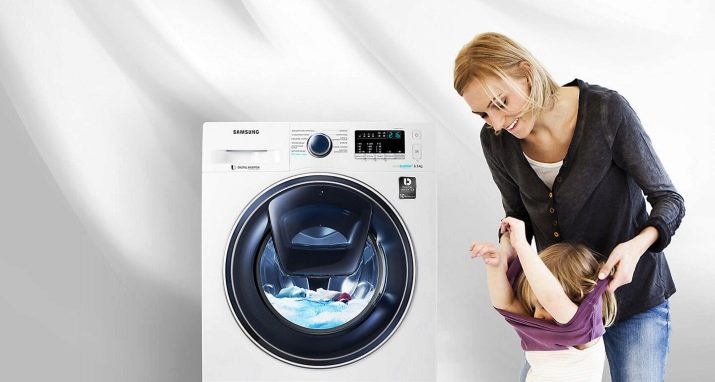
Advantages and disadvantages
Footwear products are gradually becoming very popular in the light and textile industries. High-quality material, easy maintenance and low price make them attractive to customers. The unique advantages of fabric consumers call the following characteristics.
- Naturalness and environmental friendliness. The natural composition of the fabric makes it applicable for sewing children's clothing. In addition, the material is hypoallergenic and does not cause skin irritation.
- Air exchange. The fabric circulates oxygen and retains heat well inside. Due to this, there is no feeling of stuffiness in the footwear products.
- Hygroscopicity. The footer absorbs moisture well. It is logical that clothes for sports and outdoor activities are sewed precisely from the footer.
- Elasticity. The fabric stretches well, does not constrain movements. Moreover, in the process of wearing the product does not stretch and does not lose its original shape.
- Wear resistance. The material is durable and resistant to mechanical damage. In addition, the pile of the material withstands repeated washings well. Spools and other irregularities do not form on the fabric.
- Ease of care. To maintain a marketable appearance, footwear products do not require compliance with overly complex care rules.
- Cost. Footwear products are affordable for any customer.
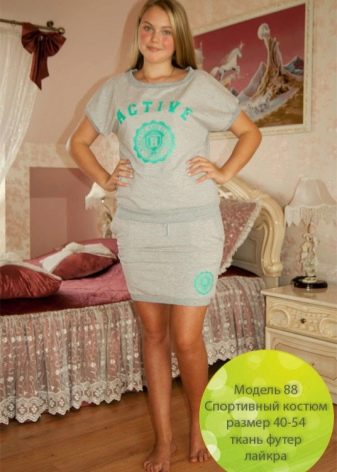

In addition, the fabric is simple enough for self-processing at home. That is, to sew clothes from the footer yourself, you will not need any special devices and tools. It will be enough to use a needle to work with knitwear. The disadvantages of the footer include intolerance to ultraviolet radiation and high temperatures. Under the influence of direct sunlight, the fabric is destroyed, therefore, after washing, drying in a dark place is recommended. If the washing regime is not observed (temperature above 30 °), the fabric may become deformed. In addition, drying products is also better away from batteries or heaters.
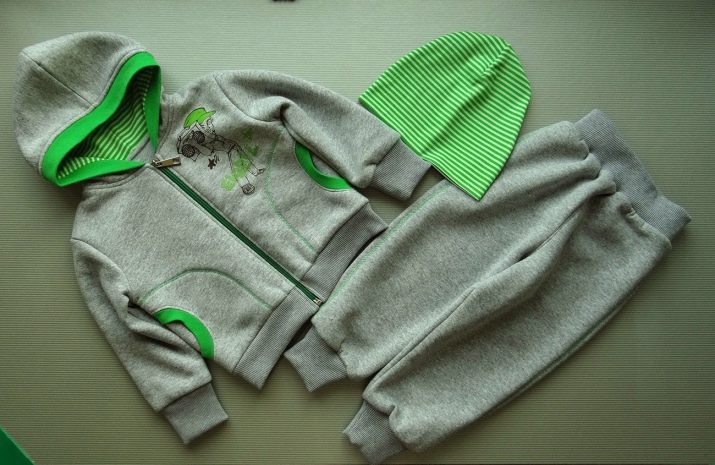
Subject to all these rules, the footwear product will last a long time and will not lose its presentation even after prolonged use.
For how to sew fleece footwear, see the next video.
